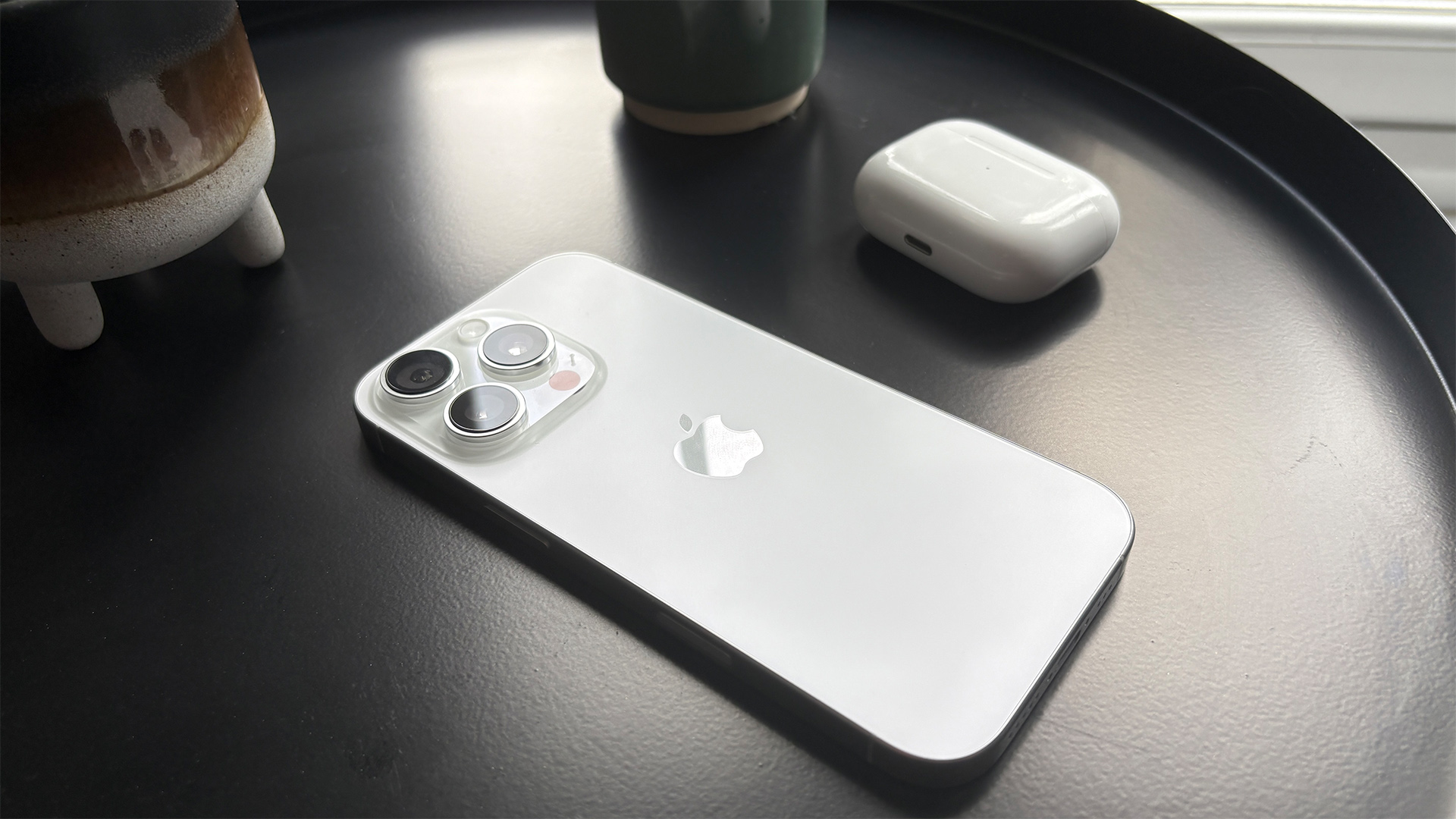Sony is bringing its OLED TV smarts to projectors with the new Bravia 8 and 9
Sony's new Bravia 8 and 9 projectors have some pretty big shoes to fill
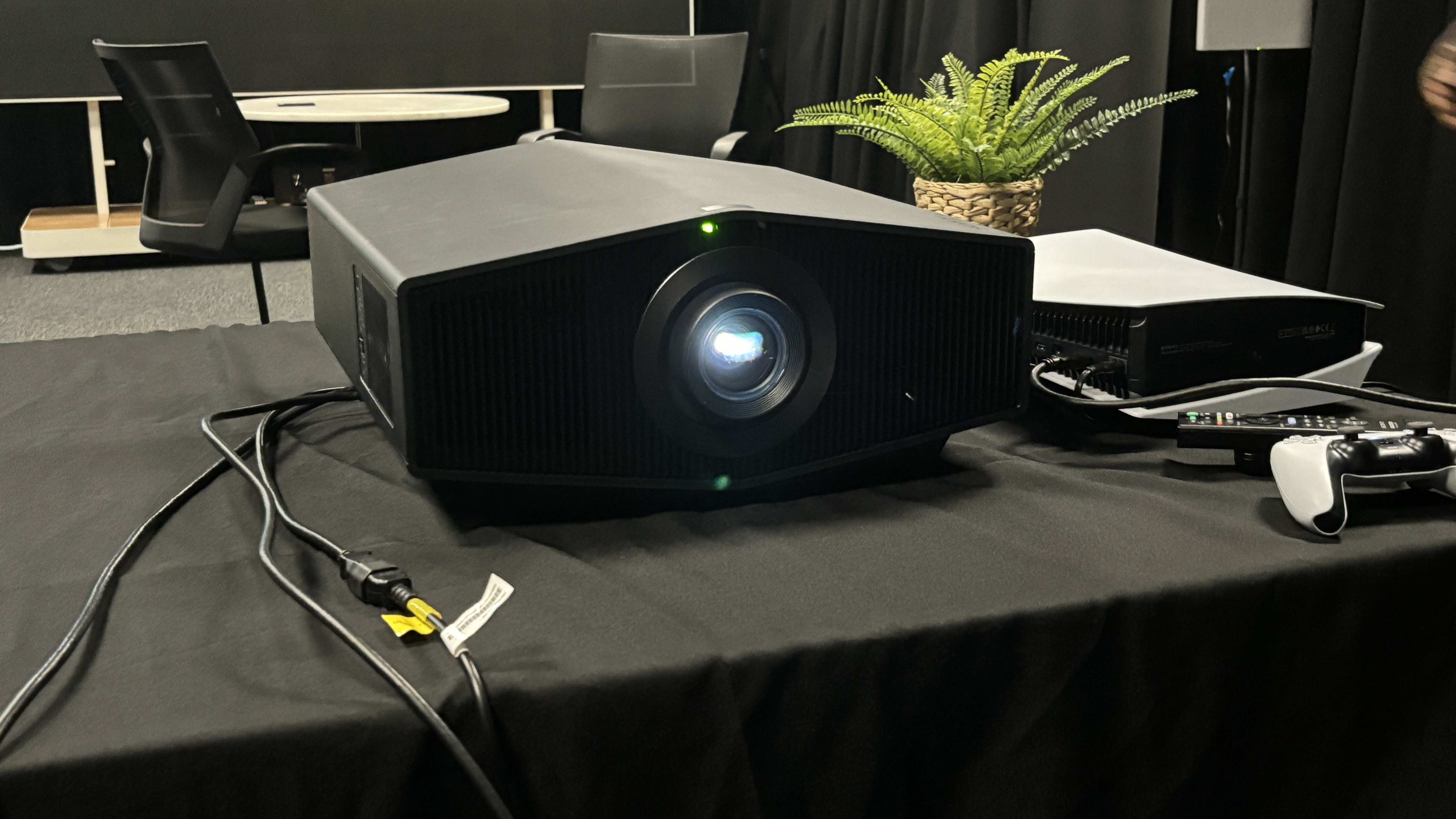
Sony has unveiled new Bravia 8 (VPL-XW6100ES) and Bravia 9 (VPL-XW8100ES) 4K laser home cinema projectors, which will replace one of the What Hi-Fi? team's favourite bits of home cinema hardware.
The new projectors were unveiled at a press event attended by What Hi-Fi? and carry the same naming convention as Sony’s Bravia 8 and Bravia 9 top-end TVs.
The Bravia 8 is the cheaper of the two and is set to cost for £15,999 / €15,999 when it launches in November this year. It will replace the five-star Award-winning Sony VPL-XW7000ES.
The Bravia 9 is a new step-up model that will also launch at an unspecified point in November, but for an even more premium £25,999 / €25,999. It sits above the outgoing VPL-XW7000ES and new Bravia 8, but below the company’s uber-expensive, top end GTZ380, which will remain on sale.
US and Australian pricing hasn’t been revealed for either projector, but we’ll update this page when we get it.
Its cost puts the Bravia 9 as a direct rival to the JVC DLA-NZ900, which was unveiled in May and targets the same premium market.
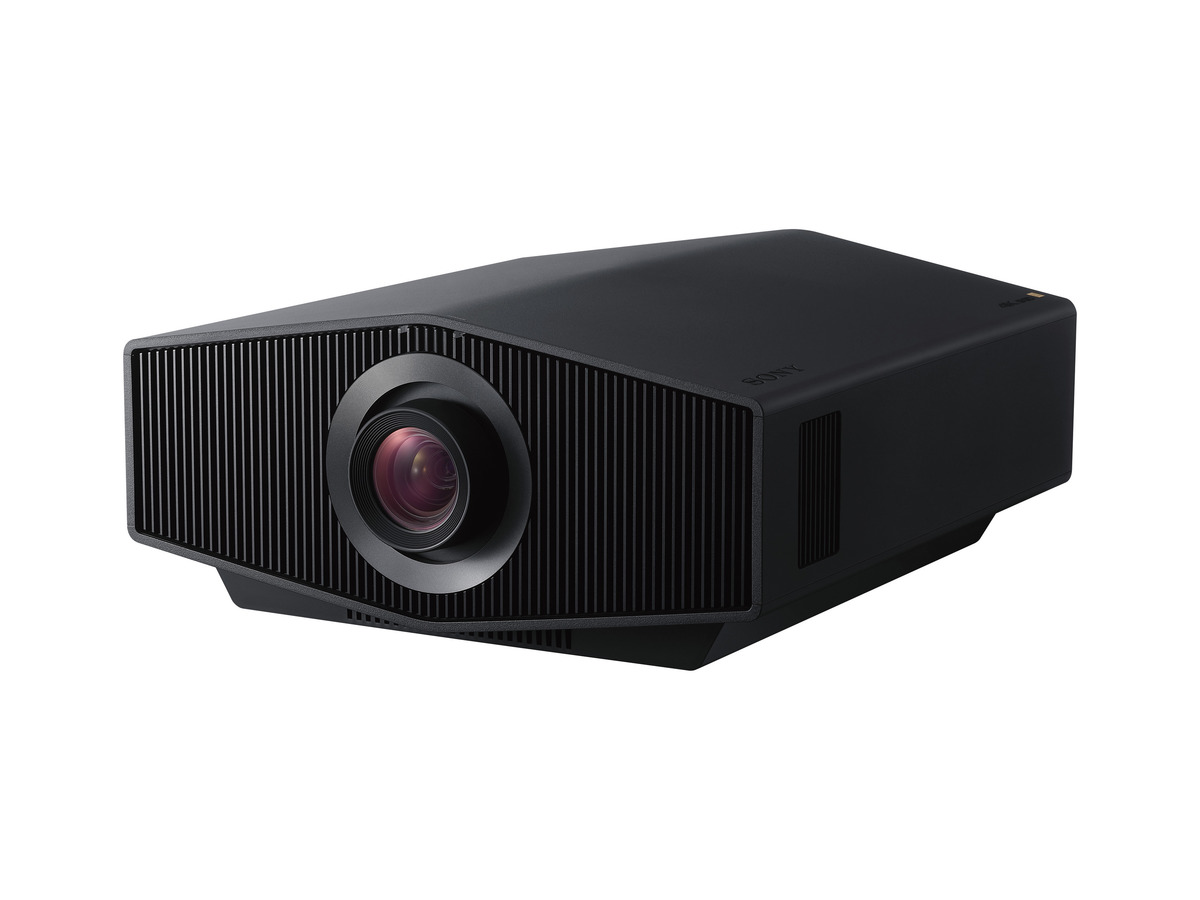
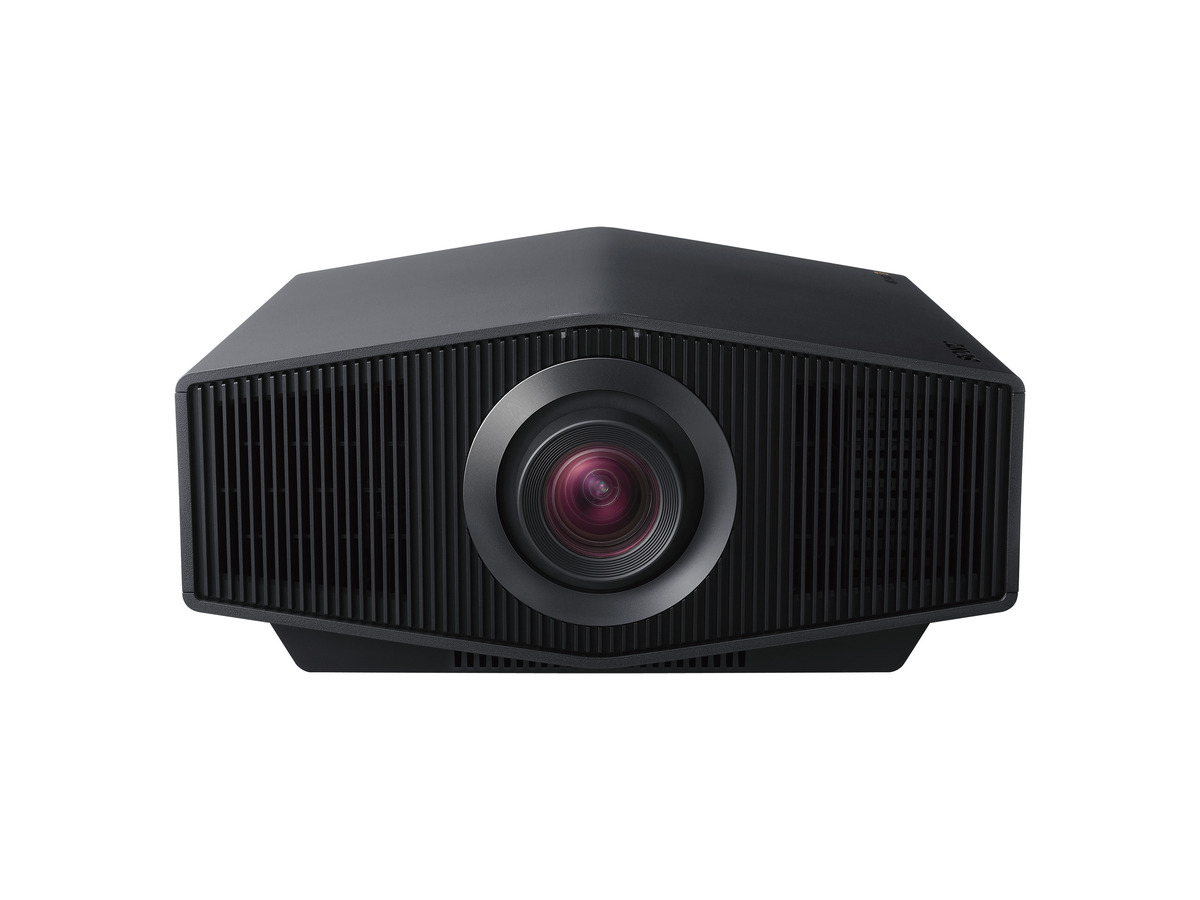
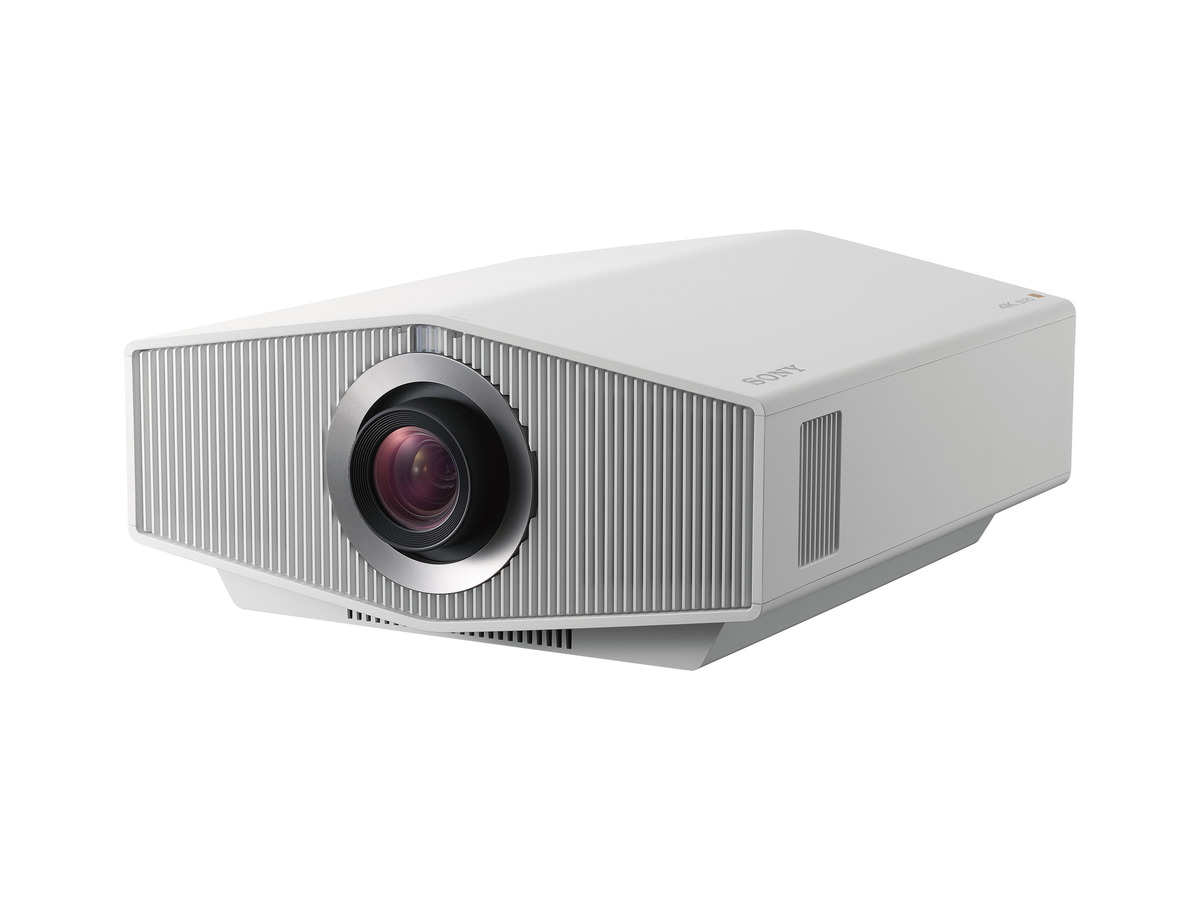
The big selling point for both of the new units is that they will be the first to use Sony’s XR processor for projectors. Sony says this is a modified version of the processor we saw running the Bravia 8 and Bravia 9 TVs, which brings with it a variety of benefits.
Get the What Hi-Fi? Newsletter
The latest hi-fi, home cinema and tech news, reviews, buying advice and deals, direct to your inbox.
These include Sony’s proprietary XR Dynamic Tone Mapping, XR Deep Black, XR Triluminos Pro and XR Clear Image technologies.
XR Dynamic Tone Mapping uses the chip’s processing smarts to analyse and tone map the peak bright areas of the picture at a frame-by-frame level. XR Deep Black aims to improve the projector’s black level and shadow detail while Triluminos Pro and XR Clear Image aim to improve their upscaling powers.
Both also feature Sony’s Z-Phosphor laser light source technology, which aims to improve the units’ efficiency. For gamers, both the Bravia 8 and 9 projectors will support 4K at up to 120fps with a quoted 12ms input lag thanks to the inclusion of two HDMI 2.1 inputs and an Auto Low Latency Mode.
Finally, the two will both come with Corner Keystone correction, which should help make setting the projectors up in less than ideal viewing conditions easier.
The Bravia 9 can go brighter than the Bravia 8, with a quoted 3400 lumens peak brightness. The Bravia 8 has a 2700 Lumens quoted brightness, by comparison.
The more expensive model is also the only one of the two to feature a Live Colour Enhancer which, according to Sony, will let it perform better in bright environments. This is a feature we liked on the VPL-XW7000ES, and Sony claims it will work even better on the Bravia 9 thanks to the use of the newer XR processor.
We only had a chance to have a brief hands-on look with the Bravia 9 projector at the Sony launch event. The hands-on wasn’t in optimum settings, so we’ll wait until we get it into our controlled viewing room and can run it directly against its predecessor and rivals before offering a final verdict. But our staff writer Lewis Empson did come away from the session with a positive opening impression of the Bravia 9 projector.
We’re hoping to get both units in for testing soon, so make sure to keep an eye on What Hi-Fi? ahead of launch for our full Bravia 8 and Bravia 9 Projector reviews. Ahead of that, if you have any questions about the new units make sure to get in touch on our forums and social media channels.
MORE:
These are the best projectors we’ve tested
We rate the best surround sound packages
Our picks of the best Sony TVs

Alastair is What Hi-Fi?’s editor in chief. He has well over a decade’s experience as a journalist working in both B2C and B2B press. During this time he’s covered everything from the launch of the first Amazon Echo to government cyber security policy. Prior to joining What Hi-Fi? he served as Trusted Reviews’ editor-in-chief. Outside of tech, he has a Masters from King’s College London in Ethics and the Philosophy of Religion, is an enthusiastic, but untalented, guitar player and runs a webcomic in his spare time.
